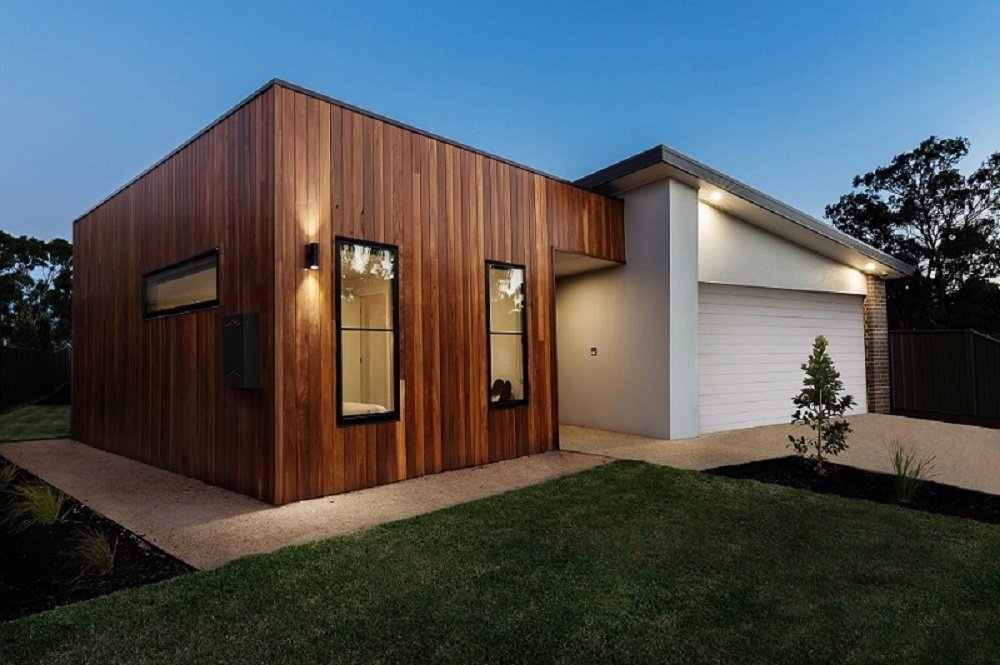Have you ever considered the potential of the unused space in your backyard? What if you could transform it into an additional living space that could provide numerous benefits for your family and your property? Granny flats, or accessory dwelling units (ADUs), have become an increasingly popular solution for homeowners looking to maximize their property’s functionality and value.
The Concept Of Granny Flats, Their Benefits, Legal Considerations, And Tips For Planning And Building A Granny Flat On Your Property
1. What are Granny Flats?
Granny flats, also known as in-law suites, backyard cottages, or accessory dwelling units (ADUs), are small, self-contained living spaces built on the same property as a primary residence. They typically include a bedroom, bathroom, kitchen, and living area, and can be attached to the main house or built as a separate structure. Granny flats have become increasingly popular as a solution for multigenerational living, providing additional rental income, or offering a private space for guests.
2. The Benefits of Granny Flats
Granny flats offer a wide range of benefits for homeowners, including:
- Multigenerational living: Granny flats provide a comfortable and private living space for elderly relatives, allowing them to maintain their independence while still being close to family members for support and companionship.
- Rental income: Renting out a granny flat can provide a steady source of additional income for homeowners, helping to offset mortgage payments and other expenses.
- Increased property value: Building a granny flat can significantly increase the value of your property, making it more attractive to potential buyers.
- Flexible living arrangements: Granny flats can be used for a variety of purposes, such as a home office, guest house, or even a space for adult children returning to the family home.
- Environmental benefits: Granny flats are typically smaller and more energy-efficient than traditional homes, which can lead to lower utility costs and a reduced environmental footprint.
3. Granny Flat Regulations and Zoning
Before building a granny flat, it’s essential to research your local regulations and zoning laws to ensure your project is compliant. Some jurisdictions have specific requirements related to size, setbacks, parking, and design, while others may prohibit the construction of granny flats altogether. Additionally, certain areas may require a special permit or approval process before building can commence. Be sure to consult with your local planning department and a knowledgeable contractor to navigate these requirements and avoid potential fines or legal issues.

4. Planning and Building a Granny Flat
Building a granny flat requires careful planning and consideration of various factors, including:
- Location: Choose a suitable location on your property that provides adequate space, privacy, and access for the granny flat. Consider the proximity to the main house, potential noise issues, and any impact on your outdoor living spaces.
- Size and layout: Determine the appropriate size and layout for your granny flat based on your intended use and local regulations. Be sure to consider accessibility, storage, and outdoor space when designing your floor plan.
- Utilities: Plan for the necessary utility connections, such as water, sewer, electricity, and gas, and ensure they can be easily integrated with your existing systems.
- Construction method: Choose between traditional stick-built construction, prefabricated or modular units, or even converting an existing garage or outbuilding. Each method has its pros and cons in terms of cost, timeline, and customization options.
- Design and finishes: Select the design elements and finishes that will make your granny flat feel like a comfortable and inviting living space. This may include choosing energy-efficient appliances, sustainable materials, and stylish fixtures and fittings.
5. Design Ideas for Your Granny Flat
Your granny flat should be a functional, comfortable, and attractive living space that meets the needs of its occupants. Consider these design ideas to create a stylish and efficient granny flat:
- Open-concept living: An open-concept layout can make a small space feel larger and more inviting. Consider combining the kitchen, living, and dining areas to create a bright and airy living space.
- Space-saving features: Incorporate space-saving features such as built-in storage, fold-up beds, and multipurpose furniture to maximize the usable space in your granny flat.
- Outdoor living: Extend the living space outdoors with a patio or deck, providing a relaxing area for occupants to enjoy the fresh air and natural surroundings.
- Universal design: Incorporate universal design principles to ensure your granny flat is accessible and comfortable for individuals of all ages and abilities. This may include features such as wide doorways, grab bars, and step-free entrances.
6. Financing Your Granny Flat
Building a granny flat can be a significant investment, so it’s essential to plan and budget accordingly. Consider the following financing options to help cover the costs of your granny flat project:
- Home equity loan or line of credit: Borrow against the equity in your property to fund your granny flat construction. This option typically offers lower interest rates and tax-deductible interest.
- Personal loan: Obtain a personal loan to cover the costs of your granny flat project. While interest rates may be higher than a home equity loan, this option does not require collateral.
- Savings or cash: If possible, use your savings or cash reserves to fund your granny flat project. This option eliminates the need for borrowing and interest payments, making it the most cost-effective solution.
Closing Thoughts
Granny flats offer a versatile and valuable solution for homeowners seeking additional living space for family members, rental income, or added property value. By carefully considering the benefits, regulations, design, and financing options, you can unlock the potential of your property with a granny flat that meets your needs and enhances your lifestyle. Don’t forget to consult with professionals and research local laws to ensure a smooth and successful project.



